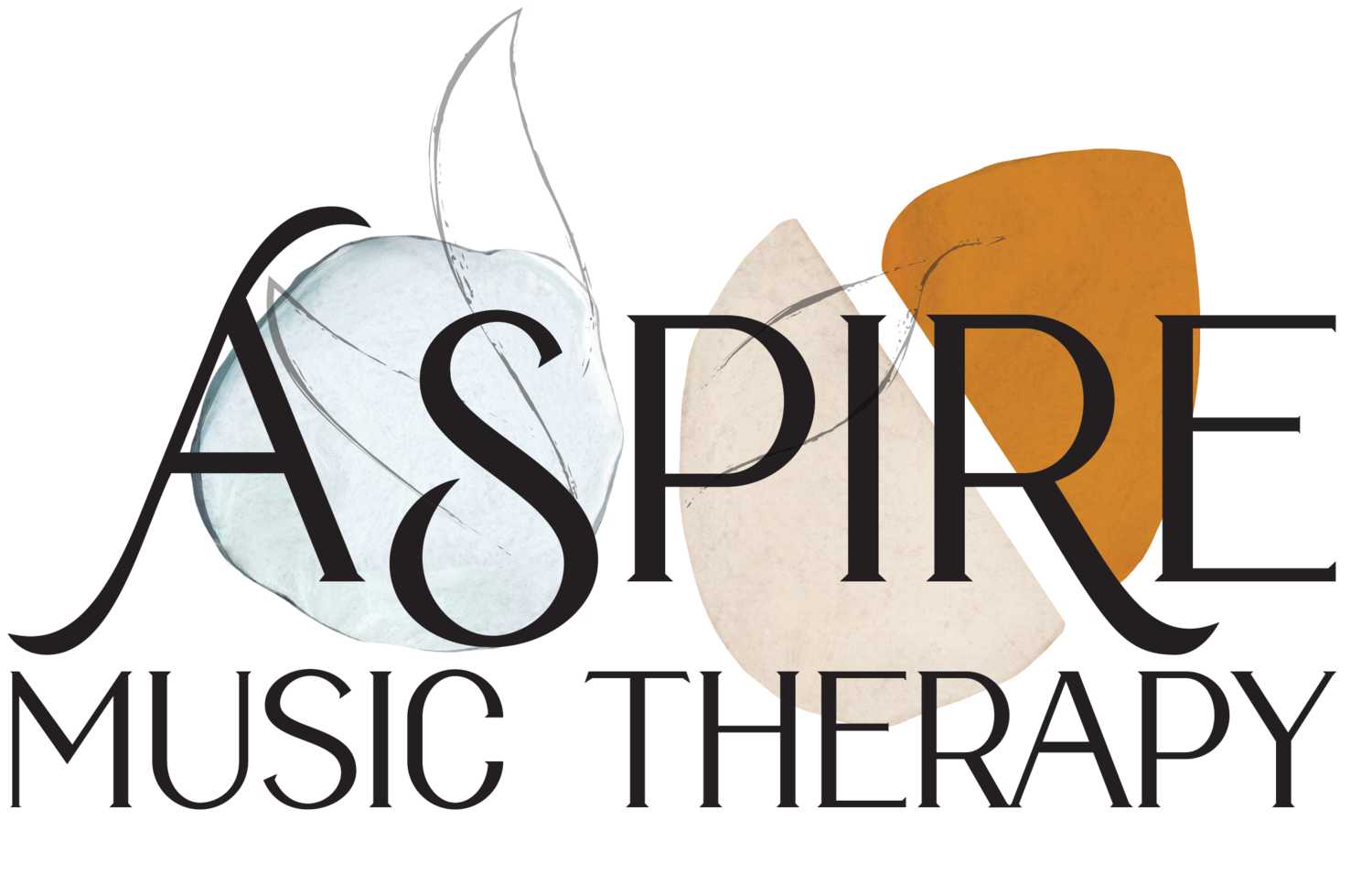A Songwriting Guide for Music Therapists
During her internship with Aspire, Alyssa saw the need for a practical, music-based resource to help music therapists grow in confidence and creativity with songwriting. Her final project explores songwriting as one of the four key methods used in music therapy, with a special focus on building musicianship through accessible accompaniment and chord pattern ideas.
From piggyback song prompts to original composition tools and tips for reviewing music theory, this guide is filled with practical content you can bring straight into sessions—or use to strengthen your own musical growth. Whether you're studying for the CBMT, hoping to grow your music theory skills, or looking for new inspiration, Alyssa’s guide offers something valuable.
You can find a free download of the 93-page booklet below and read her project introduction here:
Purpose
“The purpose of this project is to explore the different aspects of songwriting. Composition is one of the four (recreative, receptive, and improvisation are the other three) main approaches that we as music therapists use within our practice. Songwriting can be used with our clients, but we ourselves can also create songs for our clients to target specific goal areas.
My intention for this guide is to provide you with the tools you would need to create a song, both on your own and with your clients. Some of the material in this guide also acts as review or practice for those who wish to brush up on some of their music theory knowledge for the CBMT exam. As songs can be a cappella, I’ve dedicated a large portion of this guide to accompaniment patterns for both string and keyboard instruments that you could see in a music therapy setting. A big portion of our educational background is music-based, and I find it important to continue to learn and grow our musicianship whenever possible.
I do want to acknowledge that I am not an expert in songwriting or instrumental techniques, but have compiled this guide from my educational background from SUNY Fredonia, professional development resources, and endless hours of research. Learning different progressions and developing new music techniques will take time and practice. I intend this guide to be an opportunity for exploration of your songwriting and musicianship abilities and for this guide to act as a stepping stone into your songwriting journey.
Throughout my time creating this songwriting guide, I have seen myself developing chord progressions at a faster rate and using more on-the-spot songwriting within my sessions during internship. I also had the chance to review my music theory knowledge which has helped me during my practice CBMT exams. I plan to continue to challenge myself to always improve and strive for creating songwriting experiences that will enhance the quality of life for my clients.” - Alyssa Marley

